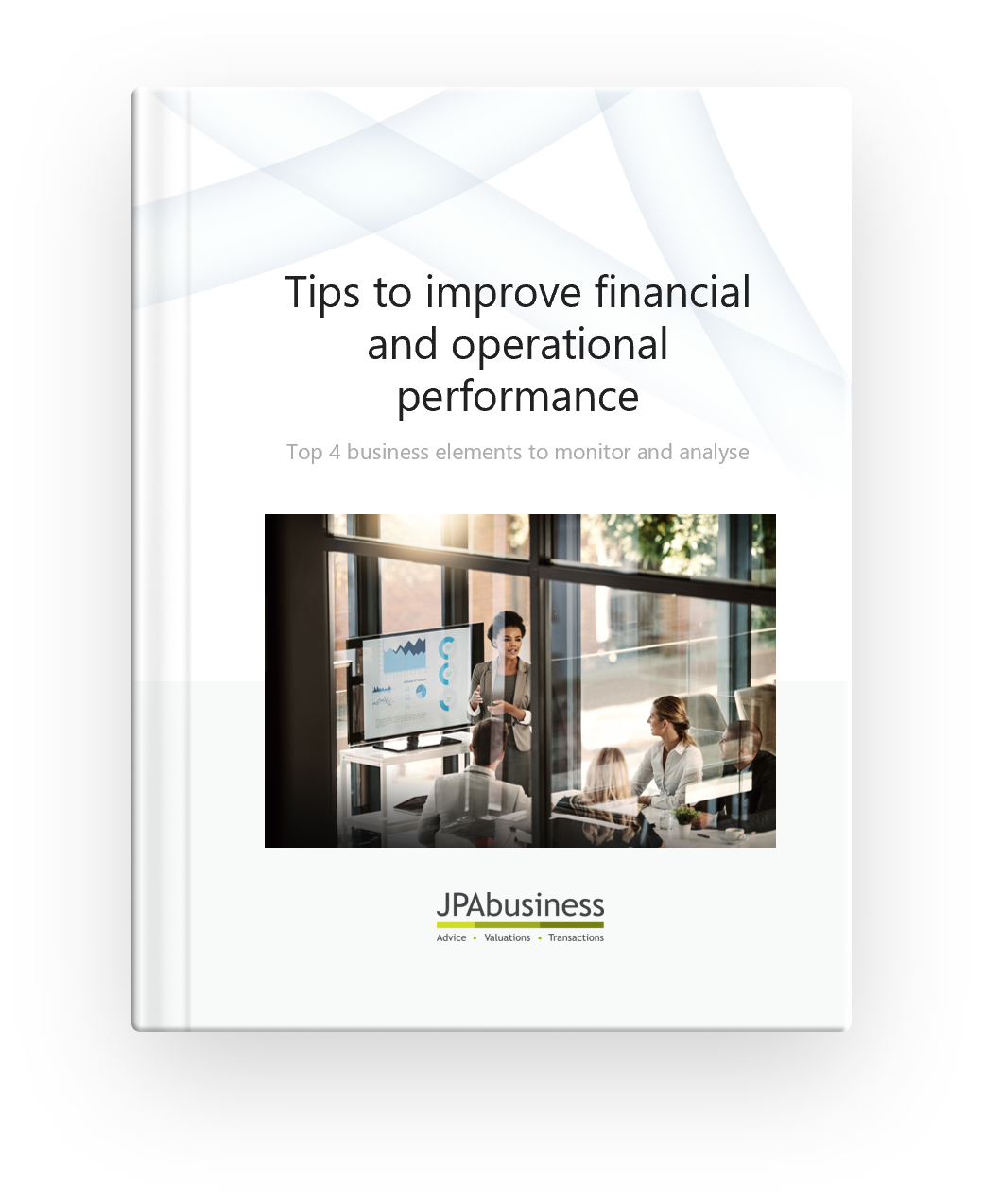
If you’re looking to secure business funding, you need to ensure your financier has a clear understanding of how your business is tracking, so they can feel confident in supporting you.
Before we get to the specifics of what to communicate, I want to emphasise 3 simple tips for how you should communicate with a financier:
- Always provide up-to-date business and financial information;
- Be open and transparent in your communications;
- Be ahead of the curve in communicating your position – manage your financiers’ expectations by keeping them in the loop.
Now for the ‘what’ to communicate, and for this we’re going to focus on identifying your business’s forward plans and funding requirements, collating key profit and loss information, and the working capital position.
Step 1: Forward plan and funding needs
Answer these questions:
- What is the forward plan for my business over the next 1, 2, 3 and 5 years?
- Size, shape, profile, markets, clients, business model, innovation, technology, people, succession, other
- What does this plan look like from a financial perspective?
- Dollars and cents i.e. revenue, earnings, assets, liabilities, equity, other
- What resourcing gaps do I need to fill and what does that mean for my funding requirements?
- Cash flow, growth funding, capital expenditure, other
Step 2: Supporting financial and business information
(a) Key P&L features to share with your financier
- Overall outcome
- Revenue
- Cost of goods and margin
- Overhead expenses
Overall outcome
- Latest set of accounts – year to date, up to month just passed (management accounts are fine – don’t need to be accountant’s financial accounts)
- Month-by-month performance (relative to budget, if possible)
- Trailing 12-month P&L performance
Revenue
- 3 and 6-month revenue forecasts
- Use scenarios: base, optimistic and pessimistic case
- Customer purchasing trends and other impacts
Cost of goods and margin
- Margin outlook – discuss opportunities to increase margins, or pressure to cut margins
Overheads
- How overheads are tracking relative to budget and last financial year
- Opportunities for savings on overheads
(b) Key working capital elements to share with your financier
- Cash at bank and cash reserve (surplus and deficit) projections
- Debtors
- Creditors
- Inventory
- Work in progress (WIP)
- Pipeline and prospects
Cash
- Do you have sufficient cash/credit to handle short and medium-term cash flow needs?
Debtors/accounts receivable
- Risks associated with unpaid receivables
- Whether you have altered collection times
- Up-to-date figures (last month)
Creditors/accounts payable
- Overview of your position
- Opportunities to extend payment terms with key suppliers, if necessary
Inventory
- Is all inventory ‘fresh’?
- Value of inventory
- How it is being managed in light of current business climate
WIP (for project-related businesses)
- Make-up of your current WIP
- Risks to delivery and payment
Pipeline
- Position regarding tendered work that has yet to be awarded
Step 3: Funding proposal
Pull all this information together into a professional proposal for your prospective financier(s). Include an outlook for your forward plans, business performance and target funding needs – both short-term (1–3 months) and longer term (6–12+ months).
Ensure your proposal is clear, concise, accurate and supported by facts and credible information. It needs to cover opportunities, your existing situation and operations, the funding and business and external risks, the potential impacts and how they might be mitigated.
We also suggest you seek a review of your funding proposal by your accountant or business advisor to ensure it is well-tested.
How to fund your business operations in the current climate
Funding your small to mid-sized business is often key to managing through tight and difficult periods, such as downturns or recessions, but it’s just as important during times of growth, where your need for resourcing and materials can outstrip income.
Business loan interest rates have risen considerably from historical lows over the past 18 months, and as a result banks and finance companies are looking closely at a business’s ability to meet and service their loan obligations (interest and principal repayments) through their earnings and projected trading activities. Your level of security is also often scrutinised by a financier, as part of the loan application process.
There are numerous finance and business lending options on offer for small and mid-sized businesses today. The challenge is to get the right fit, in terms of competitive pricing and flexibility with conditions and repayments to best meet the individual business’s needs, whether that be for trading and cash flow, capital expenditure for new plant and equipment, or longer term finance for growth and development.
It’s important, as a business owner, not to get locked into a one-size-fits-all solution. Be clear upfront as to what you need the funds for and your forward track to draw down and repay as required.
The JPAbusiness team has many years’ experience helping clients secure finance arrangements to assist with their growth and operational plans.
If you would like help to assess the many different lending options available and secure finance to support your business plans, get in touch by calling 02 6360 0360 or 02 9893 1803 for a confidential, obligation-free discussion.

